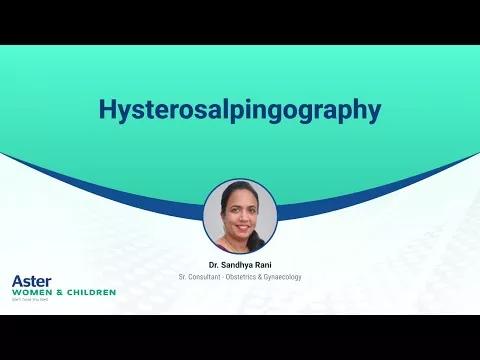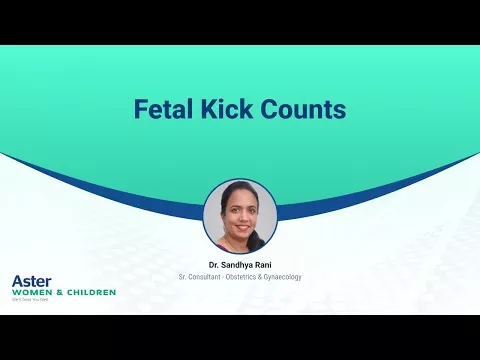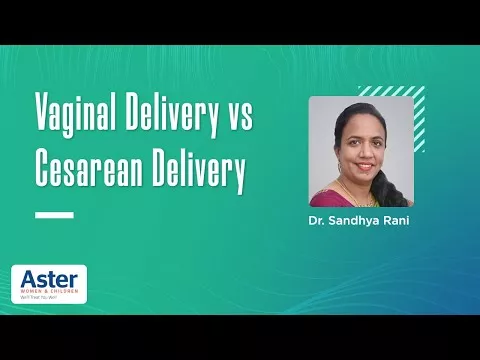Motherhood is a beautiful journey that requires both physical and emotional preparedness. Many first-time mothers-to-be often fear natural birth due to the excruciating pain involved in the birthing process.
Earlier an elective C-section was the only alternative available. With the progress in modern medicine, advancements in Painless delivery with medicines, nitrous oxide inhalation, hypnotherapy, water birth, Epidural analgesia etc are now available which can help in bringing down the pain during childbirth to an acceptable level.
What is an Epidural or a Painless Delivery?
Today, a lot of women opt for Epidural analgesia to block pain during labour. These medicines work on the nerves that carry the pain signals from our epidural space to our brain. Once the doctor injects the anaesthesia into the epidural space, this medicine blocks the pain signals and helps in relieving your pain.
What is the process?
During natural labour, doctors administer Epidural anaesthesia through an injection in the lower back of the mother and after 10-15 minutes, the drug starts taking its effect. It is a good option for women who have a low pain-bearing capacity and who may otherwise opt for a C-section.
While administering an epidural, your doctor or a nurse will ask you to either sit still with your back arched or may ask you to lie down on your sides. The doctor will then catheterize your lower back by inserting a thin tube into the lower part of your spinal cord and the numbing injection is injected ensuring that the epidural goes through the numb area. After this, the needle is removed and an epidural catheter is taped into your lower back to ensure that epidural anaesthesia can be administered during labour. During the time of active labour, these medicines are delivered through the catheter and numb everything below your pelvic region.
It is also important to note that an epidural does not offer 100% pain relief and you may experience some amount of pain during childbirth.
What are the advantages of Epidural?
There are several advantages of Epidural. These include:
- Painless delivery helps in bringing down the Caesarean section operations and offers a chance to women to experience the joy of natural childbirth with very little intervention
- Prevents exhaustion experienced by several women during childbirth
- Alleviates pain and reduces the risk of post-partum complications
- Relaxes pelvic and vaginal muscles which help in easier descent of the baby
- Lowers the blood pressure of the mother during childbirth.
What are the risks or side effects of Epidural?
Even though epidural is completely safe it may leave you with certain side effects such as:
- Fever
- Nausea
- Dizziness
- Back Pain
- Shivering
- Severe migraine-like headaches
- Trouble in passing urine after childbirth
- Difficulty in walking due to numbness caused by epidural in the entire lower body
- Lowered blood pressure of mother and lowering of heart rate of the child in rare cases
- Emergency C-sections in extreme cases.
Are there any other ways to bring down pain If I do not want an Epidural?
Expecting mothers can also adopt these measures to bring down their pain during childbirth:
- Change your position or walk around if you are able to
- Make use of a birthing ball
- Try breathing and relaxation exercises like aromatherapy, meditation and self-hypnosis
- Take a warm shower or bath
- Having a doula or support person present in the operation theatre
- Use a device called TENS (Transcutaneous Electrical Nerve Stimulation), if available
- Water birth.
Your doctor may also offer you other medications during labour. These include:
- Morphine
- Fentanyl
- Nalbuphine (Nubain)
- Butorphanol (Stadol)
- Hydromorphone (Dilaudid)
- Remifentanil.
A couple of other forms of painless deliveries that are offered to women are the use of Entonox- a combination of nitrous oxide and oxygen through a breathing mask, and water birth. Painless delivery using an epidural has helped many women experience a positive natural birth and one should opt for it only after discussing the process with their gynaecologist.
































